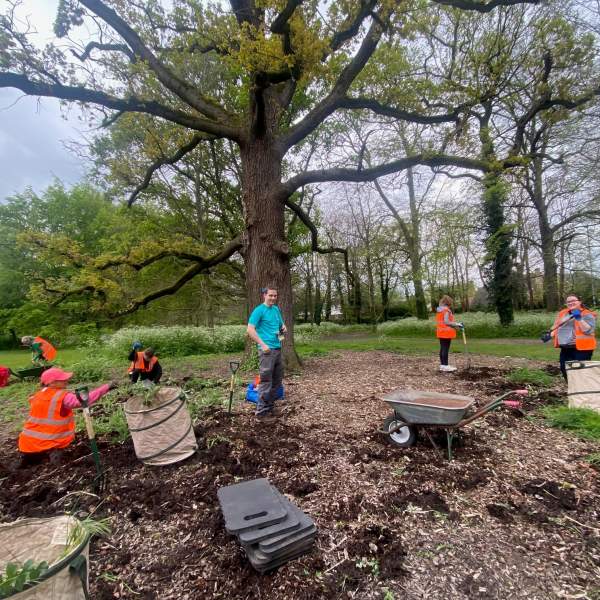Sustainable Food Choices
Catering is always one of the most important elements of an event, people may not remember the speakers or their presentations, but they’ll always remember the food and the drink!
Choosing a menu to suit everyone and within budget can be challenging; adding sustainability into the mix brings another layer of responsibility but it doesn’t have to be complicated and by making small changes, you can reduce the environmental impact of your event, relatively easily. The catering teams at our venues would be happy to discuss your requirements and make suggestions to help you achieve your sustainability objectives.
Here are some tips to get you started with your planning.
How to Choose a Sustainable Menu for an Event
- Choose dishes that would be suitable for most special diets.
This removes the need to prepare and cook separate dishes for those with allergies and intolerances because if everyone can eat the same food, fewer ingredients will be required, which means less transport and ultimately a reduced carbon footprint.
- Ask the venue to use local, seasonal ingredients.
Challenge them to source ingredients from within a specified radius of the venue, to reduce transport and use seasonal produce.
- Offer a variety of healthy, plant-based options.
Meat and dairy generally have a higher carbon footprint than vegetables, beans, pulses and grains. Consider having a vegan menu with meat being the opt-in.
- Opt for menus with ingredients with higher environmental, social or animal welfare standards.
Products carrying the LEAF Marque, Fairtrade or organic certification are all great choices. If you plan to include seafood, ensure it's sustainably sourced. Look for certifications like MSC (Marine Stewardship Council) or ASC (Aquaculture Stewardship Council) to guarantee that the seafood was harvested or raised in an environmentally responsible way.
- Minimise food waste.
Plan portion sizes carefully to reduce food waste. Consider offering a buffet-style service where delegates can choose what they want to eat, which can help reduce plate waste. If there are leftovers, make arrangements to donate them to a local food bank or ask the venue can compost them.
- Use eco-friendly packaging.
Ask your venue about the packaging and utensils they use; cane they be recycled or reused?
Encourage delegates to bring their own reusable water bottles.
- Food waste management:
Ask our venue about food waste disposal. Do they compost organic matter? How do they ensure that recycling and rubbish are sorted correctly? Are there recycling bins around the venue that your delegates can use and do their bit?
- Educate and encourage your delegates.
Provide information to your delegates about the sustainability efforts you've made with the menu. This can help raise awareness and inspire them to make eco-friendly choices.
- Gather feedback.
After the event, gather feedback from your delegates about the sustainability of the menu. Use this data to improve the catering choices for future events.
By following these steps and working closely with your venue, it is possible to create a sustainable menu that aligns with your sustainability goals and sets a positive example for your delegates.
For employees of the University of Cambridge, take a look at the University’s Sustainable Food Policy: https://www.unicen.cam.ac.uk/sustainable-food-0.







